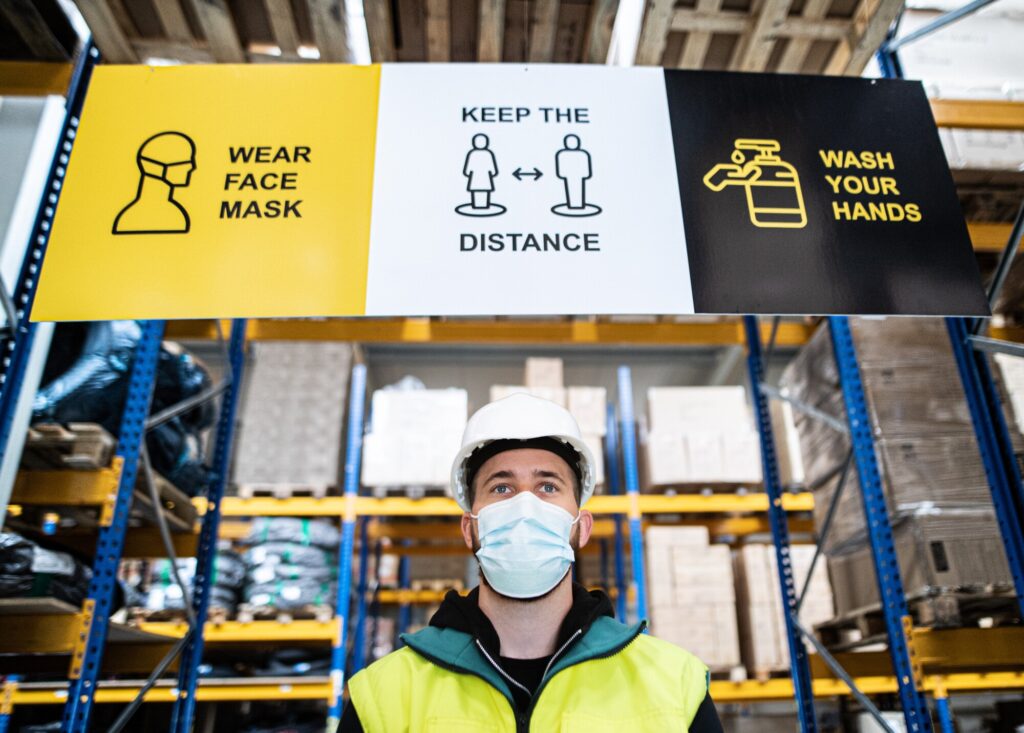Workplace accidents often come from risks that were missed or ignored. Simple issues like poor lighting or cluttered walkways can lead to serious harm. Regular risk assessments help prevent these problems before they grow.
Every team, no matter the industry, benefits from spotting dangers early. It also builds trust and shows that safety is a shared priority. A safer environment means fewer disruptions and better focus.
To improve workplace safely, learn how risk assessments can make a real difference across every level of the business.
Identify Hazards Before They Become Problems
Spotting risks early is the first step in building a safer workplace. This includes checking physical spaces, equipment, and how tasks are carried out. Look at where employees work, what tools they use, and how likely harm could occur.
Even small oversights can lead to injuries. A fire risk assessment in London showed how cluttered exits and faulty wiring increased danger in older office buildings. Finding these issues early gives you time to fix them before accidents happen.
Involve Employees in the Process
Workers often notice risks that managers miss. Encourage them to speak up and share concerns during assessments. Include employees from different departments for a wider view.
When staff feel involved, they’re more likely to follow safety rules. This also builds a stronger safety culture across the team. Risk assessments should never be a one-person task.
Review Past Incidents for Insight
Use past accidents as learning tools. Look at what went wrong, why it happened, and how it could have been avoided. This review helps create better prevention plans.
Patterns in incident reports can point to ongoing risks. If similar issues happen often, it’s a sign the current system isn’t working. Adjust your approach to stop repeat problems.
Keep Assessments Ongoing
One-time checks aren’t enough. New tools, staff changes, and layout updates all bring new risks. Set a schedule for regular reviews and stick to it.
Update your findings each time and adjust safety plans as needed. Frequent assessments show commitment to improvement. Workplace safely improves when safety becomes routine, not occasional.
Tailor Assessments to Each Role
Not every employee faces the same risks. Office workers, warehouse staff, and field technicians all have different needs. Break down assessments by job role to address unique hazards.
This ensures each worker gets the right protection. It also prevents blanket solutions that may not be useful. Customized safety planning leads to better results.
Act on Findings Immediately
Spotting a risk means nothing if no action follows. Make sure there’s a clear plan for what happens after a risk is found. Assign responsibility, set deadlines, and follow up.
Prioritize the highest risks first. Waiting to act can lead to serious consequences. Prompt action is what makes a risk assessment truly effective.
Enhance Workplace Safety Through Effective Risk Assessments
Risk assessments are more than checklists – they are key to preventing harm and creating a better workplace. When done correctly, they help uncover hidden dangers, involve the whole team, and encourage smart changes.
By acting quickly and reviewing regularly, safety becomes part of daily operations. Tailored assessments make sure no role is overlooked.
A safer workplace leads to better productivity and peace of mind. Make risk assessments a priority to protect both people and progress.
To read more topics, check our blog!






